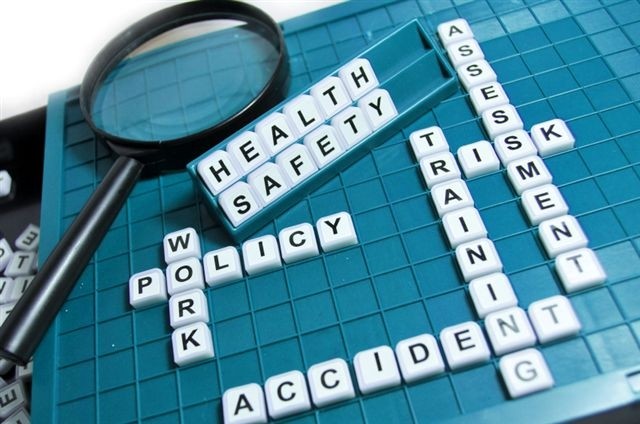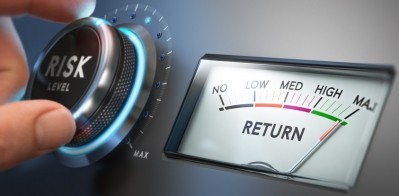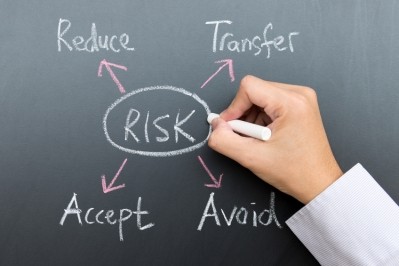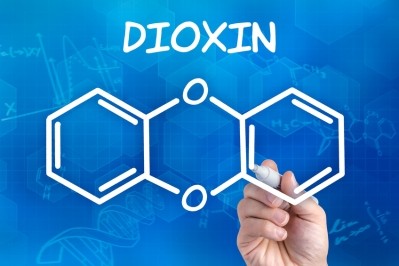Commission asks EFSA for new scientific opinion on dioxin risk in feed and food

Dioxins and dioxin-like PCBs are pollutants present in the environment as a result of burning processes and industrial emissions. These pollutants, said EFSA, persist in the environment and can enter the food chain.
The EU Commission said the scientific opinion should estimate the toxicity of such contaminants for humans, gauge the dietary exposure of the EU population to dioxins, and the exposure of various animal species to dioxins in feed as well.
The watchdog also wants EFSA to estimate the carry-over of the pollutants from feed to products of animal origin.
The Commission had originally imposed April 2016 as the deadline for the scientific opinion.
But EFSA said due to the “magnitude and complexity” of the workload involved, the safety assessment will not be ready before June 2017. The Commission accepted that timeframe.
A spokesperson for the Authority told us it will have preliminary discussions in the next months around the occurrence data in food and feed available for the exposure evaluation and overall risk assessment.
In 2010, the Parma-based risk assessor received a mandate from the Commission to collect and analyze, on a continuous basis, all available data on dioxins and PCBs in food and feed. The mandate includes the publication of a report every two years analyzing these data.
However, this new risk assessment request, said EFSA, results from the variance in recommended safe levels in evaluations of dioxin risk undertaken by authorities such as the former Scientific Committee on Food (SCF) of the EU Commission, the Joint FAO/WHO Expert Committee on Food Additives (JECFA) and the US Environmental Protection Agency (EPA).
Variance in international safe levels for dioxins in food and feed
Last Friday saw EFSA release a scientific statement summarizing how those organizations measured dioxin related risk in food and feed.
In May 2001, it noted, the SCF adopted an opinion on dioxins and dioxin-like PCBs in food, fixing a tolerable weekly intake (TWI) of 14 picograms (pg) World Health Organization toxic equivalent (WHO-TEQ)/kg body weight (bw) for dioxins and dioxin-like PCBs.
JECFA established a provisional tolerable monthly intake (PTMI) at 70 pg/kg bw for dioxins and dioxin-like PCBs in June 2001.
It said when converted to a tolerable daily intake, the SCF health-based guidance value of 2 pg/kg bw is in line with the JECFA value of 2.3 pg/kg bw.
In 2008, EFSA said it used the TWI established by the SCF to estimate the risk for public health due to the presence of dioxins in pork from Ireland.
Meanwhile, February 2012 saw the US EPA confirmed the oral reference dose (RfD) of 0.7 pg/kg bw per day for dioxins. In addition, the US Agency for Toxic Substances and Disease Registry/Center for Disease Control and Prevention (ATSDR) established a chronic-duration oral Minimal Risk Level (MRL) of 1.0 pg/kg bw per day for dioxins.
EFSA’s report found the SCF and JECFA favored animal studies for the derivation of safe levels for dioxins in food and feed or health-based guidance values (HBGV) whereas the US EPA used human data.
“SCF and JECFA applied a body burden one compartment kinetics approach to derive a HBGV from rat data, whereas US EPA applied PBPK modelling of blood levels estimated from epidemiology studies.
An uncertainty factor of 3 was applied by SCF and JECFA as the lowest-observed-adverse-effect level (LOAEL) was close to the no-observed-adverse-effect level (NOAEL) observed in another animal study.”
However, EFSA said the US EPA applied its default uncertainty factor of 10 for extrapolation from a LOAEL in the absence of a NOAEL.
EFSA said in view of the different outcomes of those international evaluations, a comprehensive new assessment is now required on the risks for animal and human health related to the presence of dioxins and dioxin like PCBs in feed and food.
Testing of feed materials for dioxins
A number of past feed safety crises in Europe such as dioxins in fatty acids or in dried food co-products were linked to poor hazard identification and risk management measures by feed business operators.
Those crises showed some activities or products can be considered more of a risk than others, which saw the Commission bring in revised legislation in March 2012.
EU Regulation 225/2012 introduced new obligations for establishments placing on the market, for feed use, products derived from vegetable oils and blended fats, including conditions for production, storage and transport, as well as the dioxin testing of fats, oils and derived products.
Over the past few months, DG Sante has been reviewing the controls on oil and fat-derived products used as feed materials, with the aim of limiting testing obligations to feed materials with the highest risk for dioxin contamination, as per the legal rules on dioxin testing laid down in Regulation 225/2012.
It is scheduled to adopt the revised rules in autumn 2015.
Nathalie Lecocq, director general of the federation representing the EU vegetable oil and protein meal industry (FEDIOL), told us in April the organization is hopeful the Commission will take a risk based approach in the revision of the regulation.
“We understand there is acknowledgement of the low dioxin risk profile of, for instance, acid oils from chemical refining and that this could result in taking these products out of the category of products that need batch wise dioxin testing.
Since 2011, FEDIOL has been gathering over 3,000 data points on dioxin levels in feed products from oil seed crushing and vegetable oil refining from member companies. Companies also performed a number of case studies on dioxin testing of refining inputs and outputs. The data was shared with authorities and with EU sectors involved,” she said.







